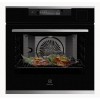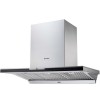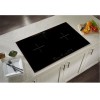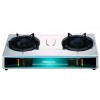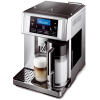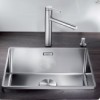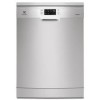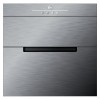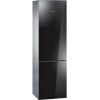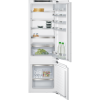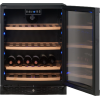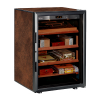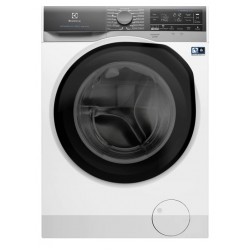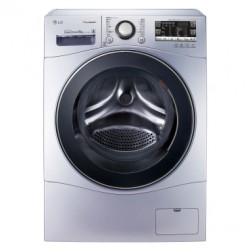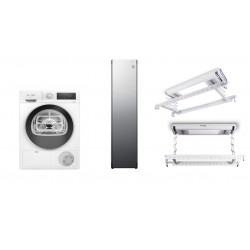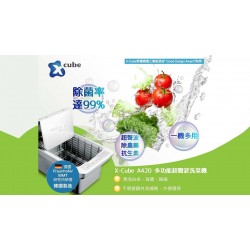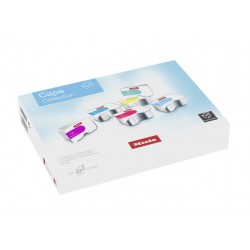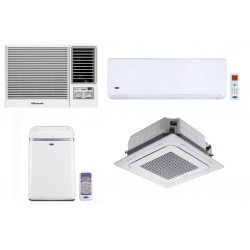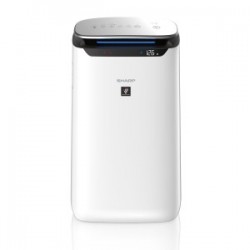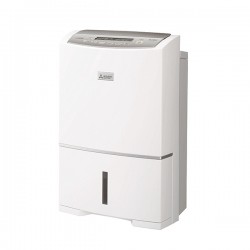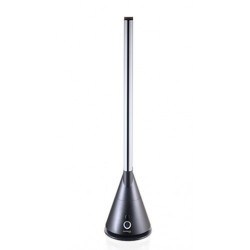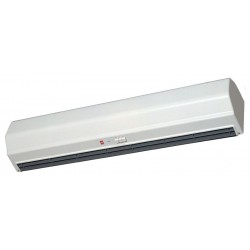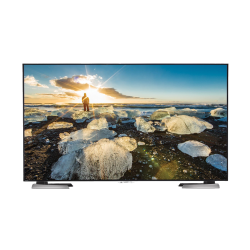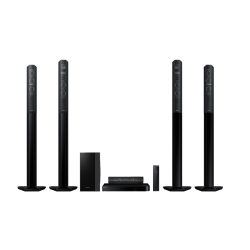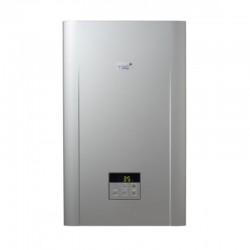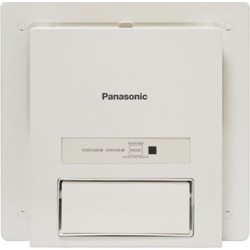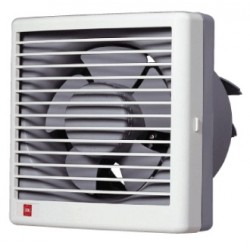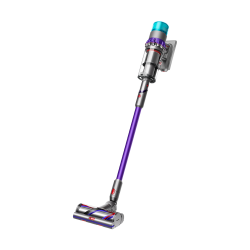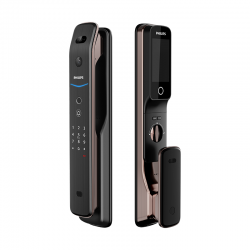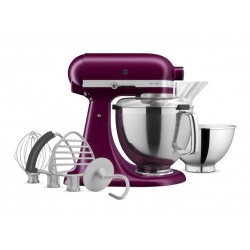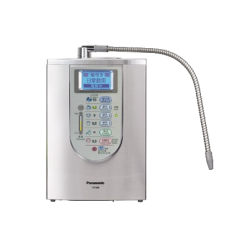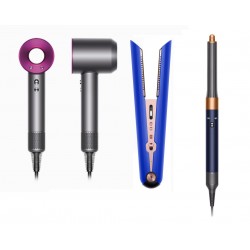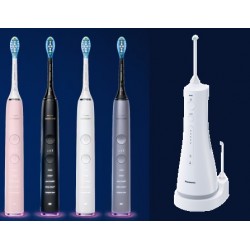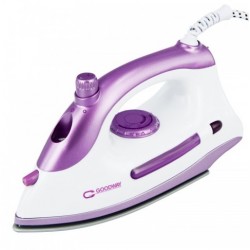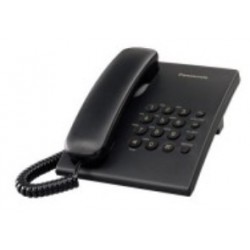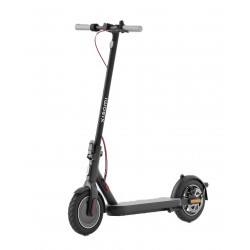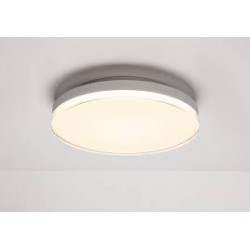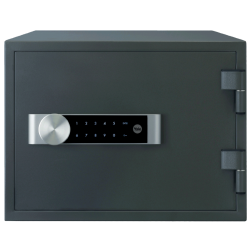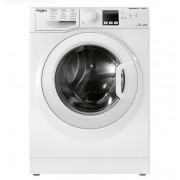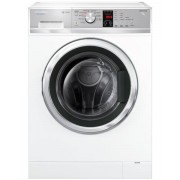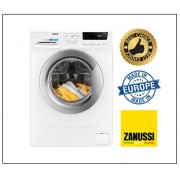The Consumer Council and Electric and Mechanical Services Department conducted joint effort in testing performance of 12 different washing machines, including 8 front-loading washers and four top-cap impeller-type washers (i.e. Japanese top-cap washer). Such washing machines range from over HKD1000 to HKD8000 in selling price. After testing, it found that there were significant differences of performance in rinsing and spinning efficacy , or in power and water consumption among tested samples. Additionally, 4 washing machines with safety problem were found.
Differences in rinsing and spinning efficacy among washers
Clothes of artificial fiber and cotton were selected as samples being washed to evaluate various washers’ performance in different aspects. The results indicated that such two types of washers share similarity in cleaning effect: front-loading washers were graded from 3.5 to 4.5; while impeller-type washers from 3.5 to 4.
In terms of rinsing efficacy, these two types show great differences. Front-loading washers presented conspicuous gap between the highest rinsing efficacy and the lowest one: about 54% differentia of rinsing efficacy in cotton clothes, while 37% in artificial fiber clothes. In contrast, impeller-type washers showed less difference: 32% differentia of rinsing efficacy in cotton clothes, while 27% in artificial fiber clothes. Rinsing efficacy can reflect how much residue of laundry detergent would be left on clothes. If our skin is exposed to such laundry detergent for a long time, various diseases of skin would be resulted in. Therefore, it is quite important to take rinsing efficacy of a washer into account.
In terms of spinning efficacy, front-loading washers enjoy faster rolling speed, so that such washers boast better performance in spinning. Many front-loading washers were scored as 4.5, while for the impeller-type washers, the best-performance one was scored as 4.
In term of washing time, front-loading washers spent more than impeller-type ones: for per kilogram of cotton clothes and artificial fiber clothes, a front-loading washers need 14-43 and 19-46 minutes respectively, while an impeller-type ones only take 10-14 and 14-18 minutes respectively.
Impeller-type washers saving power, while front-loading ones saving water
Samples of impeller-type washers can save power about 70% compared with front-loading ones. The major reason is heating function-equipped front-loading washers have to consume more power. According to the report of the Consumer Council, as to the electric charge for each process of washing, front-loading washers spent $ 0.4 to $ 1.2; while impeller-type ones spent $ 0.1 to $ 0.2. If we suppose that a family needs to wash clothes for 260 times a year, on the power consumption of the samples in washing cotton clothes basis, it could be estimated that power costs of front-loading washers range from $ 110 to $ 314, while impeller-type ones from $ 27 to $ 43, presenting the maximum difference of $ 287.
In term of water consumption, front-loading washers demand less generally: water consumption of impeller-type washers trebled that of front-loading washers.
In summary, ZWSH7121VS of Zanussi, and BWF814VX of Brandt are two top-scored front-loading washers in saving power and water. Among front-loading washers graded with 4 stars, ZWSH7121VS of Zanussi is the most cost effective one. It costs HKD$4000 in BBE with additional services of free delivery and basic installation.
In addition to test washing efficacy and environment-friendly performance of washers, the Consumer Council has conducted investigation in after-sale service and safety features. Commonly, the warranty period of washers is from 12 months to 39 months, and one-year extended warranty needs to cost $320 to $780. Within warranty period, washers of any model are provided with free service of on-site detection and maintenance.
In terms of safety in using, four samples of washing machines failed to meet the safety standard, and two of them performed insufficiently in the label instructions; AW-F700EPH of Toshiba failed to meet the standard requirement of fixing grounding terminal, which would indicate possibility of inadequate performance of ground connection; WA60H4000SW/SH of Samsung suffered excessive gap between its roller and outer shell: one could be exposed to basic insulated wire while putting his fingers in the gap, increasing the risk of electric shock. However, the Consumer Council also pointed out that, in normal use, users are less likely to touch the wire, meaning that such issue could not compromise the security in using.



